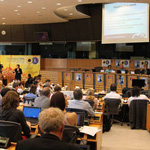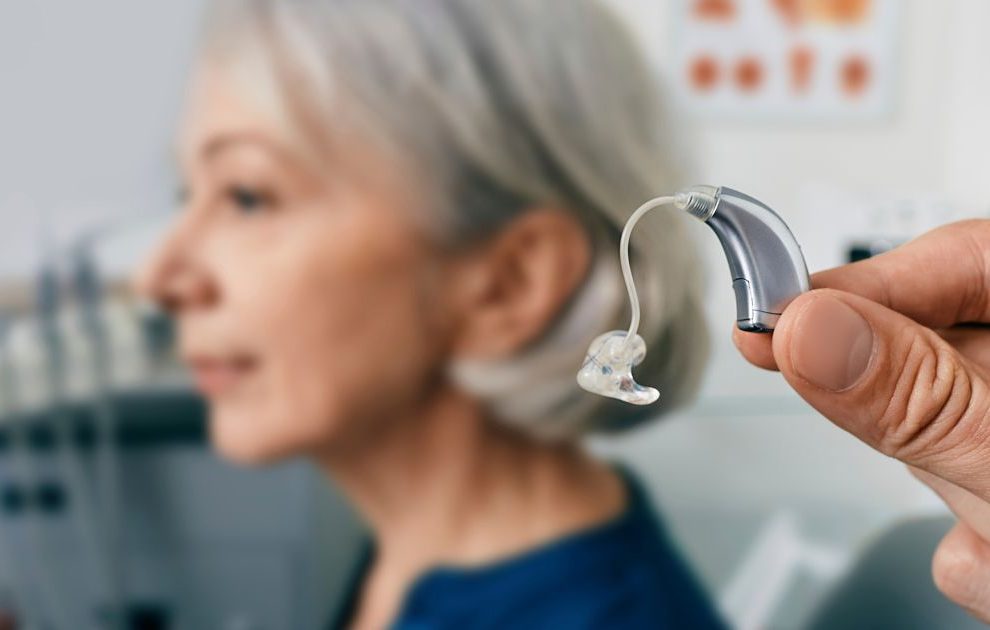Over the past ten years, general practitioners have seen a growing number of tinnitus patients, while the total number has remained modest. Following the first documented GP visit for tinnitus, these patients’ utilization of healthcare services rose. Additionally, compared to patients without tinnitus registration, those with tinnitus saw their doctor more frequently in the year before to their initial GP consultation. The scientific publication PLoS One has published the findings of this Nivel investigation in an open access format.
Hearing a sound that is not there is a defining feature of tinnitus. Trends in tinnitus prevalence and care utilization in general practice were recorded by Nivel. We also looked at whether similar patients with and without tinnitus used healthcare differently. If a patient was of the same gender, age, and received care in the same general practice, they were deemed comparable. The largest rise in GP visits for this symptom was seen in patients between the ages of 20 and 44. This study did not go into the underlying reasons for the higher number of tinnitus sufferers. More GP visits may have resulted from greater media attention to tinnitus, but it could also be because more people are exposed to loud noises during leisure activities.
Greater utilization of healthcare services prior to and following initial contact with tinnitus compared to similar patients
Compared to similar individuals without tinnitus who had a GP contact for another illness, tinnitus patients were more likely to seek GP care in the year following the initial GP contact for tinnitus. For instance, compared to similar patients without tinnitus, the general practitioner referred more tinnitus patients to the medical expert. Furthermore, patients were more likely to be referred to a medical expert prior to the initial GP contact for tinnitus and to seek contact with their GP one year prior to the initial GP contact for tinnitus. To determine what causes this, more research is required. More focused prevention may then result from this.
Concerning the study
Health care clinicians at practices that participate in the Nivel Primary Care Database regularly record electronic health record data, which Nivel gathers and analyzes. Data from primary care practices that participated in the Nivel Primary Care Database’s electronic patient records from 2012 to 2021 were used in this investigation.






























